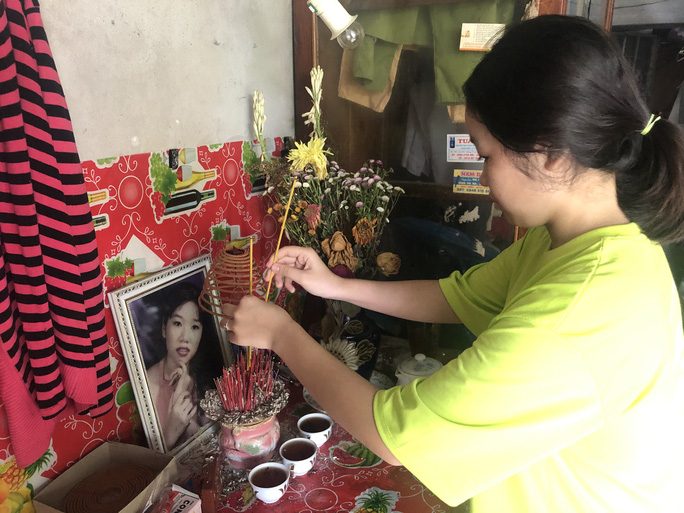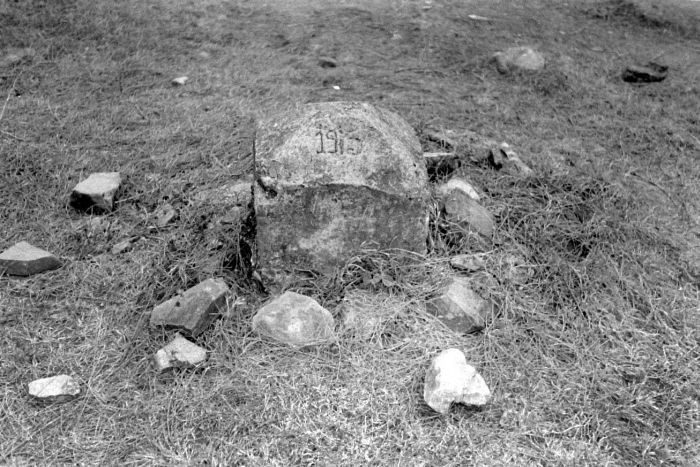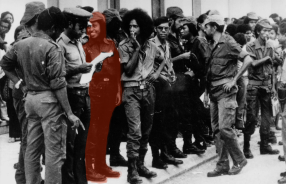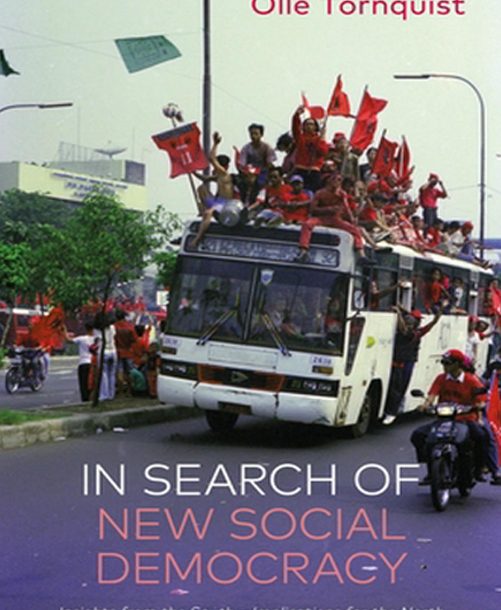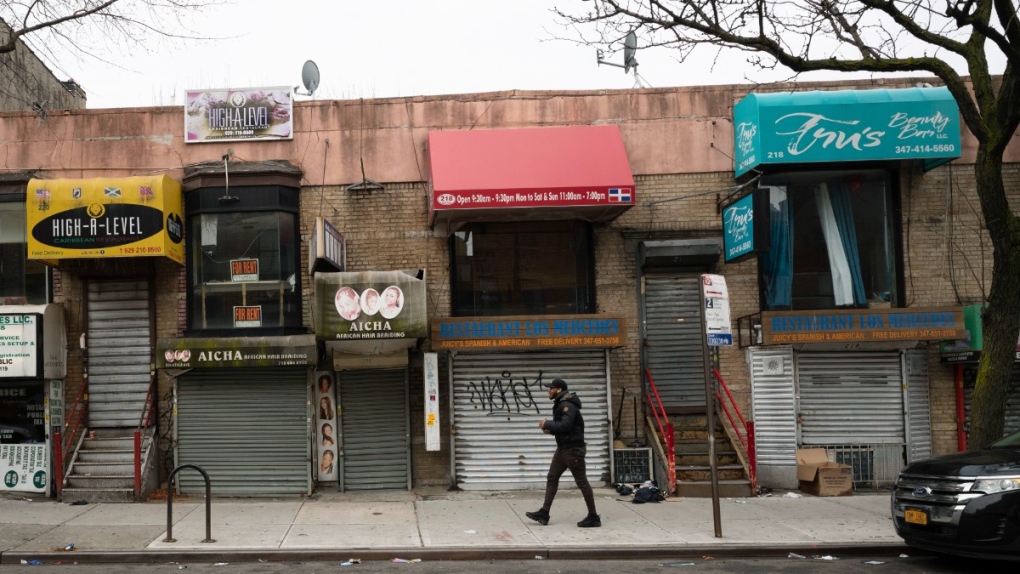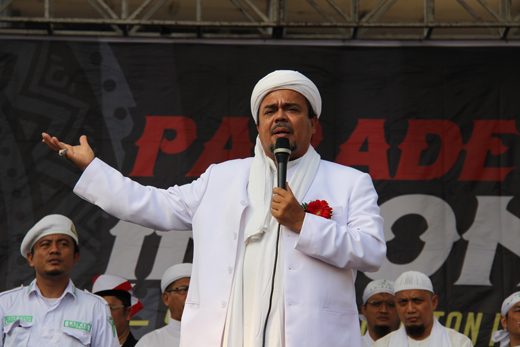
Rising religious radicalism in Indonesia: roots and shoots
AHMAD FUAD FANANI
Although religious radicalism potentially could cause many problems in society, the issue has been contentious in Indonesia. Some people believe that radicalism is a myth created by “the West”. For them, the term radicalism has a negative implication to discredit Muslims and to conquer Islam. According to this view, Western governments often apply a double standard when they deal with Muslims (Sihbudi, 2002)
However, suicide bombings that have occurred in Indonesia in recent decades, such as in Bali (2002 and 2004), the Australian Embassy (2004), the JW Marriot Hotel Jakarta (2009), Cirebon (2010), Surabaya (2018), Mako Brimob Depok (2018) and other places prove that radicalism is not a myth. Testimony from one of the Bali bombers, in which he described the group’s scenario for a suicide bombing, proved this fact.
Ali Imron explained in detail how his group persuaded and recruited bombers to conduct the suicide bombing using a car, a motorbike and a explosives vest. He surveyed locations to find where foreigners most often gathered. He asserted that the Bali bomb was a counterattack in response to the USA and its allies invading Afghanistan. Imron added that his group is responsible for serial acts of terror in Indonesia. As Sidney Jones asserts, the threat of terrorism and radicalism in Indonesia is a real fact, even if there are few who are radical and committed to using violence.
Ideology has contributed to the rise of religious radicalism. Some view it as the responsibility of Indonesian Muslims to join the struggle to Islamise the secular government and system. Radical groups such as Front Pembela Islam (FPI-Islamic Defenders Front), Majelis Mujahidin Indonesia (MMI-Indonesia Islamic Warrior’s Council), and Hizbut Tahrir Indonesia (HTI-The Party of Liberation) are active and influential in promoting their ideology to society, under the protection of the right to freedom of expression. Alvara Research Consulting’s survey in 2017 found that one in five students supports the formation of a caliphate to change the system of Indonesian government. This survey of 4,200 Muslims students showed that nearly one in four students was ready to join the struggle to establish such a caliphate.
There are also social factors in the rise of religious radicalism in Indonesia. People can be radicalised when living as a minority group and frequently received discriminatory treatment from the majority. Muslims living in regions where they are a minority religion were radicalised into violence with their Christian neighbours, which then escalated to the point where some groups called for other Muslims to travel to the Moluccas and Poso to wage jihad on Christians.
Political factors have also been a source of rising religious radicalism in Indonesia. Even though the founding fathers agreed that Indonesia is a neutrally religious state and must protect all citizens, some politicians deny this and play on their religious identity. Some parties and religious organisations in Indonesia actively campaign against candidates based solely on their religion, demanding voters not elect non-Muslim leaders. The has been a serious problem in Indonesia since the reformation era. In several regions, governors and mayors have agreed to formally implement sharia bylaws in regional law to boost their Islamic credentials ahead of elections. This political strategy can exacerbate religious radicalism because the laws position Muslims as a majority group with special rights. Utilising these laws as justification, fanatical religious groups often discriminate against minority groups. These groups will be increasingly radicalised because they have more room and legitimacy for their violent actions. The experience of Pakistan and Afghanistan, which rigidly implement shariah bylaws resulting in increasing prominence, should be taken into account. In both countries, women and minority groups became second class citizens and were discriminated against by state and radical groups.
Social media is also often used to broadcast hoax information that contributes to the rise of religious radicalism. For example, during the 2017 Jakarta gubernatorial election, radical groups which supported Anies Baswedan-Sandiaga Uno published a statement that Muslims who supported Basuki Tjahaya Purnama (Ahok)-Djarot Saiful Hidayat could be categorised as the enemy of Islam.
Although radicalism and terrorism cannot be equated, they are closely related. Maarif (2002) and Ghufron (2017) have argued (separately) that radicalism is related to how people understand and express their religion, and terrorism is committed to using violence for political purposes. However, radicalism can turn into terrorism, and people who are followers of radical groups are targeted by terrorist recruiters. As a consequence, if government and society do not pay serious attention to radical groups, they may find they cooperate with terrorist groups instead.
In several cases, radical groups have infiltrated universities and schools. Radical groups also recruited young generations from several places such as mosques. The young generation is becoming the main target of radical groups because they are in a transitional period, forming their identity and being easily influenced by others. They are susceptible to the ideologies of radical groups which use the internet as the tool of propaganda.
Lembaga Kajian Islam dan Perdamaian’s (Research Institute on Islam and Peace, LAKIP) study in 2010 showed this in its survey of 10 areas in Jakarta at the end of 2010. This survey found that more than 50% of high school students agree that the use of violence is justified in Islamic teaching. They believe that Muslims are permitted to use violence to defend Islam. They agree that the use of violence against people who insult Islam is a legitimate action. The survey also showed that 21 % of teachers stated that the state ideology of Pancasila is no longer relevant. MAARIF Institute’s 2011 research mapping the problems of radicalism in the State Senior High Schools in 4 areas (Pandeglang, Cianjur, Yogyakarta, and Solo) also confirmed these findings. The research, conducted in 50 schools, revealed that schools have become the arena in which to disseminate ideology. Because the schools are so open, radical groups have exploited this opportunity to spread their ideas and widen their networks. As a result, many students’ understanding of Islam has become more monolithic, and they easily blame others for social, economic, and political problems that they perceive to jeopardise Muslims.
The rise of religious radicalism can trigger conflict in society. For radical groups, society is divided into “us” and “them”. Groups that reject radical ideas will be classified as “them”. Because of their demarcation from other groups in society conflicts occurs. The application of the doctrine “us vs. them” also contributes to increasing intolerance of religious minority groups. Ahmadiya and Shi’ah groups often became the target of violent actions by radical groups. A series of attacks against Ahmadiya and Shi’ah followers have occurred in many areas in Indonesia. Christians have also been prevented from building houses of worship in some areas. Maarif argues that the “us and them” paradigm is contradictory to Islamic values, and based on an archaic historical contexts.
It is time for the Indonesian government to pay serious attention to the slippage between radicalism and terrorism, and the mechanism that terrorists use to recruit others to their ideologies. Otherwise it risks to the consequences of a rise in religious violence.
